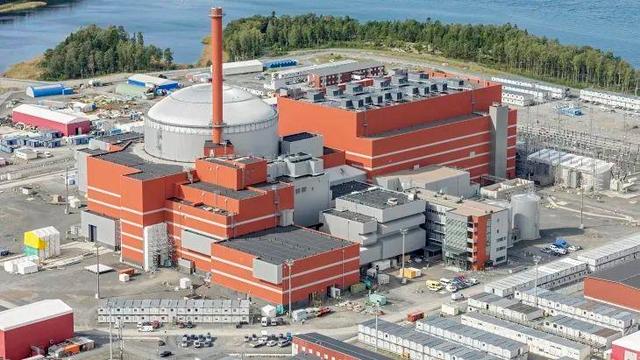Finland's Olkiluoto 3 (OL3) nuclear reactor started regular power production in April after 18 years of construction and testing, and years of legal battles over costs and delays.
Now the owners - the TVO consortium that includes utility Fortum (FORTUM.HE), chemicals producer Kemira (KEMIRA.HE), and forestry groups UPM (UPM.HE) and Stora Enso (STERV.HE) among others - have accused Fingrid of setting "unfounded restrictions" on OL3's power generation, the energy authority said.
In an official complaint, TVO is asking for an investigation into whether Fingrid has neglected its obligations to develop the grid, the authority said, adding it would rule on the matter "as soon as possible".
Whenever OL3's production exceeds 1.3 GW, Fingrid requires TVO to keep sufficient power backup capacity instantly available in case of a technical failure that could otherwise black out the national grid.
TVO's owners are big industrial power consumers that lower their own production to provide the system backup but are unable to do so, for example, during maintenance shutdowns, TVO said.
"During the past months, OL3's output has often been reduced because the backup capacity has not been fully available," TVO's head of communications Johanna Aho told Reuters.
TVO wants a different kind of backup system "to match today's needs", she added.
Fingrid says it represents the public interest and power end-users who would eventually pay the bill for new investments in national power backup capacity.
"This discussion is all about money," Fingrid's Chief Executive Jukka Ruusunen told Reuters.
The existing backup arrangement was made 20 years ago when planning for OL3 construction began and reserve capacity had little financial value. Now TVO's reserves are worth 100 million euros annually in the reserve markets, he said.
"Now they have come up with an idea that Fingrid should build a new kind of protection at the expense of power users," Ruusunen said.
OL3 accounts for around 14% of Finland's overall power demand.
